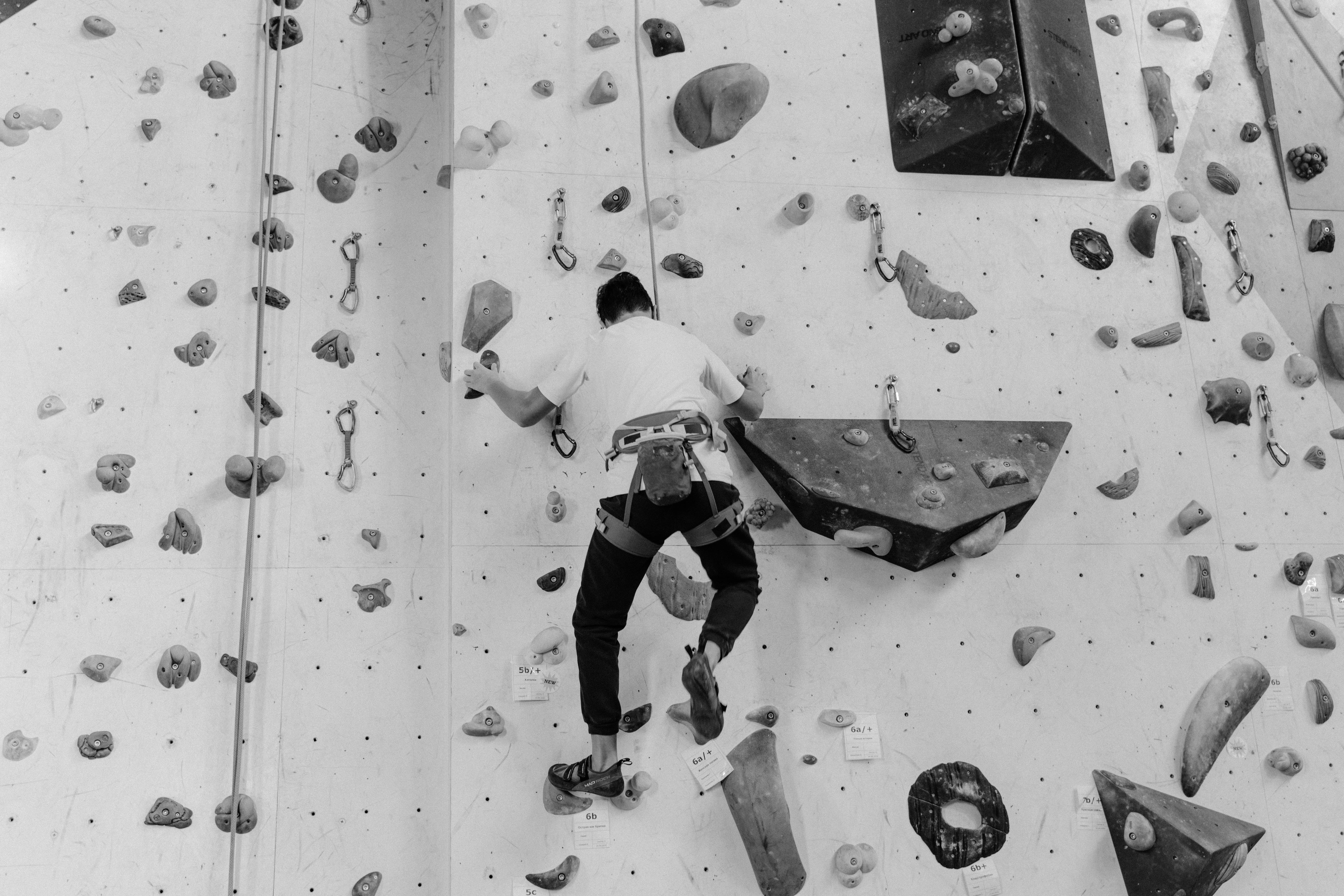
The path of a personal spiritual practice includes becoming ‘virtuous’ in meditation
admin
- 0
The Path of a Personal Spiritual Practice includes
becoming a ‘virtuous’ in meditation.
The goal of deep meditation is to find inner peace.
that turns alone sitting down and doing ‘nothing’,
in an ineffable inspiring experience
that is beyond mere words to describe yet
it is so subtle that most will not at first notice those profound depths.
Reaching those depths is like learning to play an instrument.
At the beginning you learn the theory and the scales…
after many years of focused practice,
You start to make deep music with the subtle expressions
that transcend but include the basic scales learned as a beginner.
The beginning stages of meditation, whether you are a beginner or advanced
it involves just basic relaxation… not too relaxed and falling asleep.
Relaxation with full attention to the awareness of the present moment.
Before starting a meditation,
Make sure you find a space that is not distracting,
If that’s not an option, soundproof headphones work great!
Do some minor stretches and speedups before sitting down.
Unless you were raised to sit cross-legged,
It is best to sit on a padded chair.
Place something under the rear legs to slightly tilt the chair forward,
Sit up straight and don’t slouch, but not too stiff.
Imagine that you are like a pile of rocks that are balanced…
Once they are aligned, there is no effort.
At first, focus on any part of the body that may be
tense, tense, sore or uncomfortable…
Bring your awareness to the subtle sensations that arise.
when you experience these problems… and then let them go.
Once you have realized and released yourself from any tension,
then bring your awareness to your breath.
~~~
When meditation is perfected,
“Nothing is done, but there is nothing left to do.”
Take a few deep slow breaths
then pace your breathing so that it is deep and full.
Notice every part of the breath ‘experience’
entering… then with the exhalation,
all your breathing effort is done for the moment,
In this point,
there should be no tension anywhere.
But by slowing down the monkey mind of thoughts
and the constant ‘doing’ of the body…
then one can feel stress and tensions too subtle to notice before…
and then let them go.
This is a great advantage for one’s well-being.
Noticing tensions before they become full blown problems
can alleviate anything from becoming aware of
an anger about to become a disaster that cannot be undone,
to help deal with overwhelming anxieties
before it becomes overwhelming.
If you were to spend the rest of your life
practicing meditation just for this reason,
It will go a long way in improving the quality of life.
~~~
Once you have relaxed into a deep, calm breath,
continue noticing the experience of the breath throughout its entire cycle.
In Zen, this is called Zazen.
In all traditions, this is the most common ‘meditation object’.
The point is to train your mindfulness
being aware of an object in the present moment.
Starting with a broad spectrum of
everything that is going up and down in the present moment, to focus with
‘one-way’ mindfulness of a single meditation object,
to the exclusion of all others.
Meditation deepens in stages.
As you begin to sit in this early stage of this current meditation, you become more aware of the subtle nuances in the experience of any tension, fear or anxiety…relaxing them and just letting it all flow…
Once you’ve ‘scanned the body’ for tensions or concerns…
Sit in present moment awareness.
If a sound is heard, mentally ‘note’ it, then let it go and
sit back in present moment awareness.
If a thought arises, and they… will do the same,
mentally ‘note’ that this is a thought of something that is
it doesn’t happen in the present moment, so let it go
and sit back in present moment awareness.
Whatever thoughts or distractions arise, don’t follow them.
Don’t have a conversation with your thoughts.
This is where you will change your awareness of
broad-spectrum mindfulness
of everything that can be felt in the present moment,
to a single mediation object…
That is the breath.
~~~
Along a personal Spiritual Path,
self-inquiry into one’s own ‘True Nature’ will be contemplated.
If there was any part of ‘us’ that was eternal, or at least
continues somehow after this life… what would that be…?
Consider that whoever “we” believes “we” are
can be deduced by denying the obvious,
in Buddhism it is called ‘Neti-Neti’ not this, not that…
so,
“we” are not our bodies; they die and decompose.
‘We’ are not our brains; that’s just a part of the body.
‘we’ are not our ‘mind’ or thoughts; just more ‘brain stuff’.
We often take ourselves to be our egos and our preferences, likes and dislikes…
Transcending the ego is key to achieving a balanced psychological perspective
and imperative in deepening one’s spiritual practice.
‘We’ could be considered as our conscience… however
the ‘non-dule’ spiritual traditions point to a deeper perspective.
And that leads to consciousness.
And… the question of
‘who’ is conscious? Y,
Where is the conscious ‘part’ of ‘us’ physically located?
~~~
As you experience all your sense organs in present moment awareness…
Be aware of being aware.
It can be noted that beyond our ego and our projection of
Who Do We Think We Are,
lies only pure conscience.
Consider this simile for Consciousness:
Like the image of a movie projector on the screen,
No matter how real the fire looks, the screen is never affected.
This is a general idea of pure consciousness.
It’s not ‘our’ conscience, it’s just conscience.
In Dzogchen this is experienced as ‘Rigpa’.
One who remains in Rigpa
experience a Samadhi as Bliss that wears out with practice.
This is taught through the ‘3 doors’ teachings.
The door of Stillness opens the door to the inner Silence,
which is combined in the Limitless Bliss of Rigpa.
So,
forward to boundless bliss let’s go…
~~~
We have relaxed our tensions, we let go of any non-present moment objects.
like the past or the future…
But those things keep popping up in our monkey minds.
This is when it is useful to have only one meditation object…
The breath.
This is a good place to understand that
the best way to be able to sit in pure awareness,
or just follow the breath without mental distractions, it is
to solve any problem that arises in your day as soon as possible.
The more you worry about something during the day,
more will this concern affect your sleep, dreams and meditation.
This applies to all sorts of things our egos do, often without our ability.
to stop our wild angry thoughts from turning into action
that we can never get back.
A Spiritual Practice is much more than a long meditation session in the morning,
It is an all-day mindfulness practice.
based on the fundamental principles of morals and virtues.
At some point during the day reflect on your thoughts
and about how you perceive things.
Do you come from a place
peaceful well-being and unconditional love?
Prayed
Are you thinking about fears, mistrust, jealousy, anger, greed…?
Are you thinking of ways to enhance yourself?
So,
be aware of your thoughts throughout your day,
particularly when interacting with others.
Beware of unproductive thoughts caused by an overly sensitive ego,
Solve this ‘wrong thinking’ as soon as possible,
After,
you will not have problems with “wrong speech” and “wrong actions”.
Unresolved issues that arise in the day, accumulate
negatively affect sleep, dreams and meditation.
They also accumulate in our lives as psychological ‘shadow problems’.
When left unresolved, all of life’s shadows will generally make their presents known as one nears the end of this life.
Hospice professionals helping people who are in their final days often report hellish moaning, crying, overwhelmed by fear of what will come after this life due to some form of guilt, regret, remorse… .
like a nightmare, until the end.
That is no way out, no matter what one projects the ‘after this life’ to be.
During the day, just be aware of your thoughts, words, and actions.
Come from a place of humble ego, allow loving-kindness to be your flow.
Be the ‘Evolutionary’, always considering what is best for the highest good,
than just our selfish ambitions.
Find common ground with others as you go through your flow.
You will learn more by listening than by talking.
You don’t always have to be right
In fact,
proving you’re right with someone
can’t understand the topic they’re arguing about
it is a non-starter. Realize this soon…
Listen…really listen.
~~~
As your Path deepens, so do your meditations.
As a ‘virtuous’,
one will find ways to subtly still the mind until amazing things are experienced. When done right, in a deeper stage of meditation, it becomes effortless.
Then, in the advanced stages of meditation,
the breath begins to disappear when a nimitta arises.
For beginners experiencing this for the first time,
it is usually a smoky gray color that appears in front of them.
When this occurs, the instruction is to focus on natural breathing;
and then gradually the breath and the nimitta will become one.
At this stage the mind usually remains focused automatically,
Allowing the deeper stages of deep meditation to arise naturally.
This perception precedes the appearance of a completely clear and static image called a “counter-image” or “counter-sign” (the patibhaga-nimitta). The appearance of this third type of nimitta marks the appearance of vicinal (or access) concentration, the state that precedes full jhanic absorption.
Full jhanic absorption is basically the ‘Enlightenment’ that the Buddha experienced and has been taught by Buddhists ever since.
This can be achieved by anyone who makes the ‘right effort’.
Regardless of how deep the fruition of total jhanic absorption may be,
Any stage on the path will reveal a Bliss without measure that makes each step of this Path a reason to
‘be here now’.

